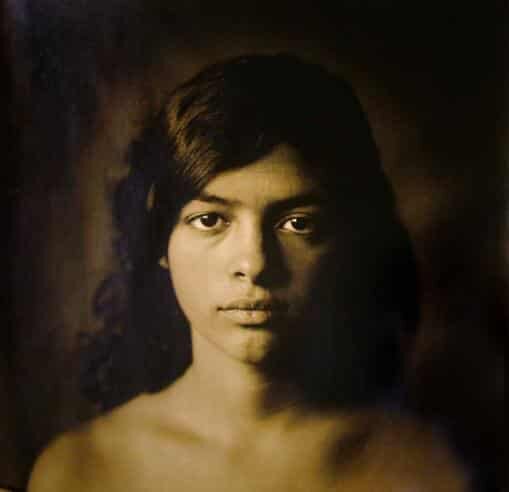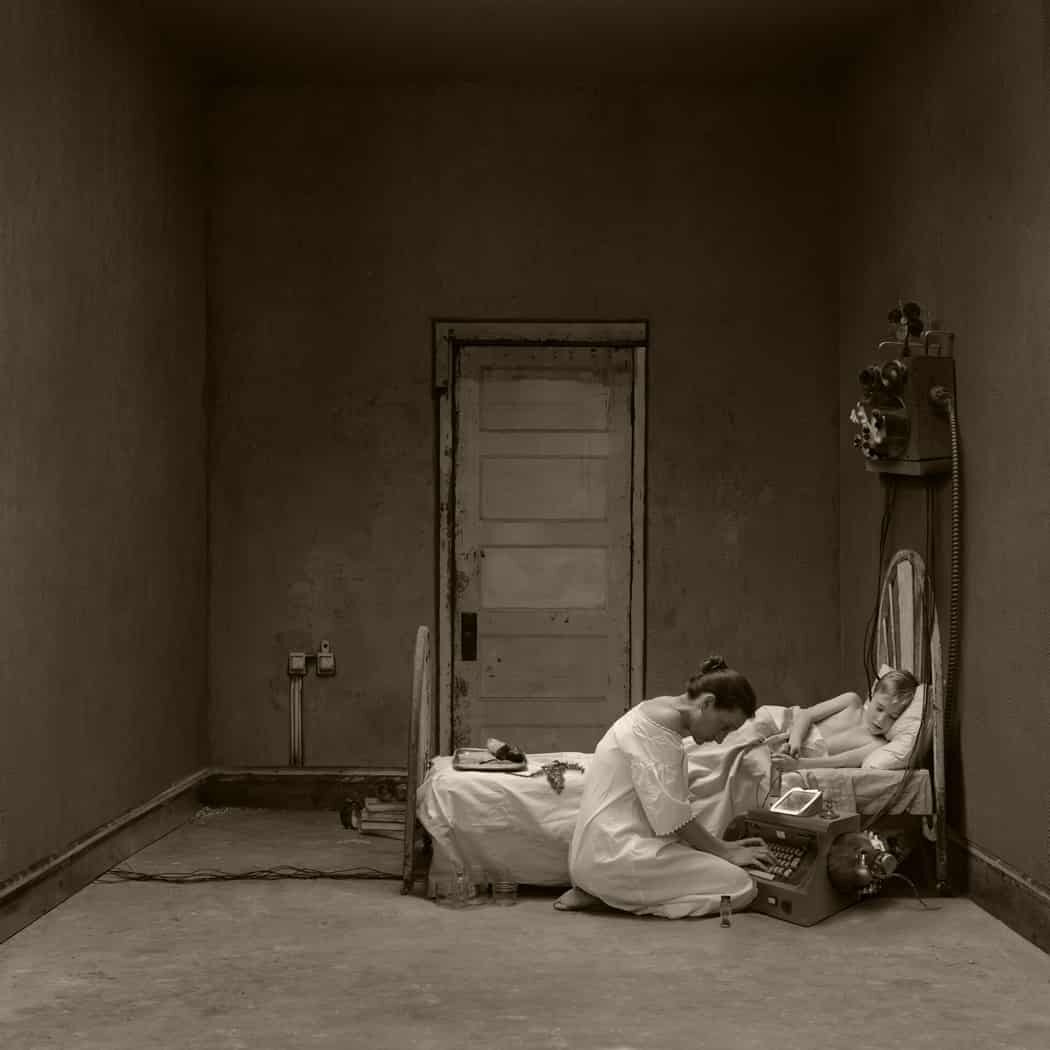About Rashod Taylor
Rashod Taylor’s photographs are deeply rooted to photographic traditions and break new ground. Taylor prefers analog and lost processes to new methods of capture. He employs the large format camera, savors slowing down to honor the moment, and enjoys the allure chemical prints are capable of producing. Not to mention context of the chosen media. All such factors underline his sentimentality, thoughtfulness, and ally him to the history of the photographic media while adding to its legacy- its future. Little Black Boy offers a personal experience and My America strikes a more historic and universal tone. In both cases the format emboldens the message.
Little Black Boy, 2020
Rashod Taylor’s Little Black Boy series is at once common and radical. Taylor produced this work as a long-form collaborative project, begun in 2018. As LJ gets bigger, the work naturally comes to a close. At 9 years (in 2025), LJ is not so little anymore. Works for the Little Black Boy photographic series were released annually. This and allowed viewers the chance to engage this story of fatherhood and boyhood in realtime. (More about the collaborative nature of the project: Taylor in MFAH permanent collection). Taylor follows in a line of such family portraiture influences as Sally Mann, Nicholas Nixon, Gordon Parks, Larry Sultan, and Carrie Mae Weems. While Taylor nods at such inspirations, he creates a path of his own. Scenes in Taylor’s Little Black Boy photographs are often ubiquitous, their depiction on the other hand has not been.
Little Black Boy, 2021
The power of Taylor’s work is in nuance. We experience the Little Black Boy images in layered ways, indeed becoming swept up by the flood of our own emotions. We connect first through a colloquial nature- our own families have photographs like these, memories of our own come to mind of living room forts or backyard BBQ’s in suburban America. But a quiet tension sews through the frames when it leaves the realm of the personal to intersect with the world. Especially as we continue to get to know the Taylor family over years. Taylor attunes our attention to the space where complexities generated by the trespasses seeded in our nation’s history as it intersects mainstream American Culture, as the cannon of art history for that matter. Loaded context raised by such tender intimacy is likely what earned Taylor’s work the honor of the 2021 Arnold Newman Award for New Directions in Photographic Portraiture. A 2023 article in Black & White Magazine lends insight into the sublet sensibilities of this artist.
Little Black Boy 2022
Little Black Boy 2023
Little Black Boy 2024
As we reach the natural close of this project (2024/25), we look back with shared perspective, shaped by time and intimacy by the artist and his son. Little Black Boy creates a space where the difficulties and trials of youth, fatherhood, and everyday life are compounded by the residual wounds of the past that can neither be forgotten nor resolved, only faced and worked-through. Our country’s history felt through the family raise a tangle of emotion from hope to anxiety. This is one of many Black families navigating the contemporary American landscape yet riddled by racism, racial inequity, and social injustice.
Rashod Taylor for M Le Magazine du Monde
Nov. 2024 (original FR and EN translation available)
In 2024 Taylor documented the story of another Black American family for Le Magazine du Monde : “Lost Illusions of the Black Electorate” commemorated the death of Michael Brown in the same method as Little Black Boy.
My America
In My America contemporary artist Rashod Taylor explores the atrocities of slavery, Jim Crow, and the institutional and systematic racism that remains so tightly woven into the fabric of American society. Taylor uses an archaic process of photography, the tintype as a method to connect the past to the present. This deliberate decision adds gravity and tension to the work. The method was at its height at the same moment as Blacks in America were yet enslaved. To make one today feels both haunting and empowering.
The past is not behind us; it is woven into the fabric of America. “My America” is both a reckoning and a resistance, a call to see this history not as something distant, but as something alive, shaping the world we navigate today. -Rashod Taylor 2025
This work began in 2011 and remains ongoing. Recent additions to the project were made on Ossabaw Island off the Georgia coast and the Whitney Plantation in Wallace, Louisiana, not far from New Orleans. The artist conceives thee works as 8x10 or 20x24 tintypes, but limited edition pigment prints are also available.














































